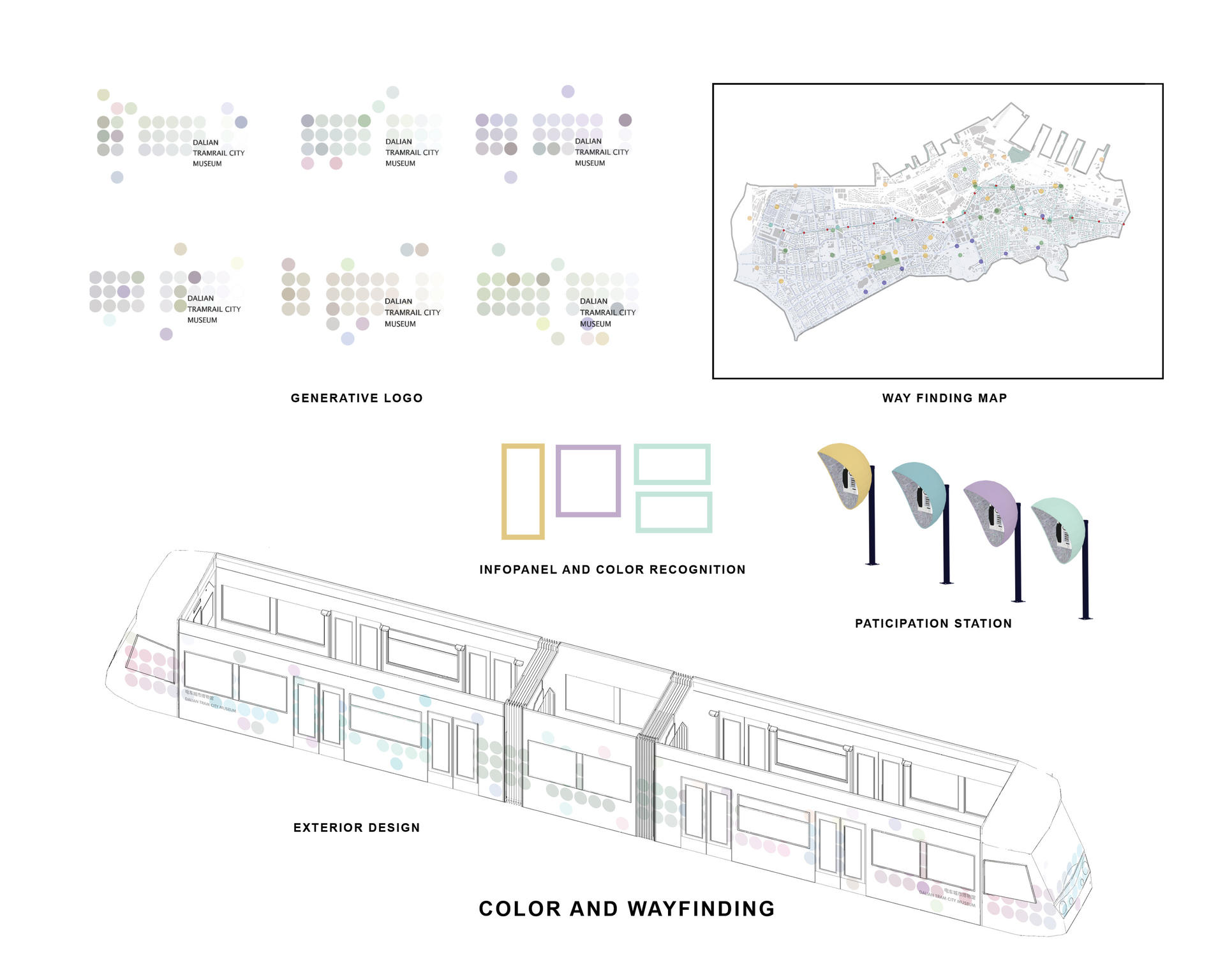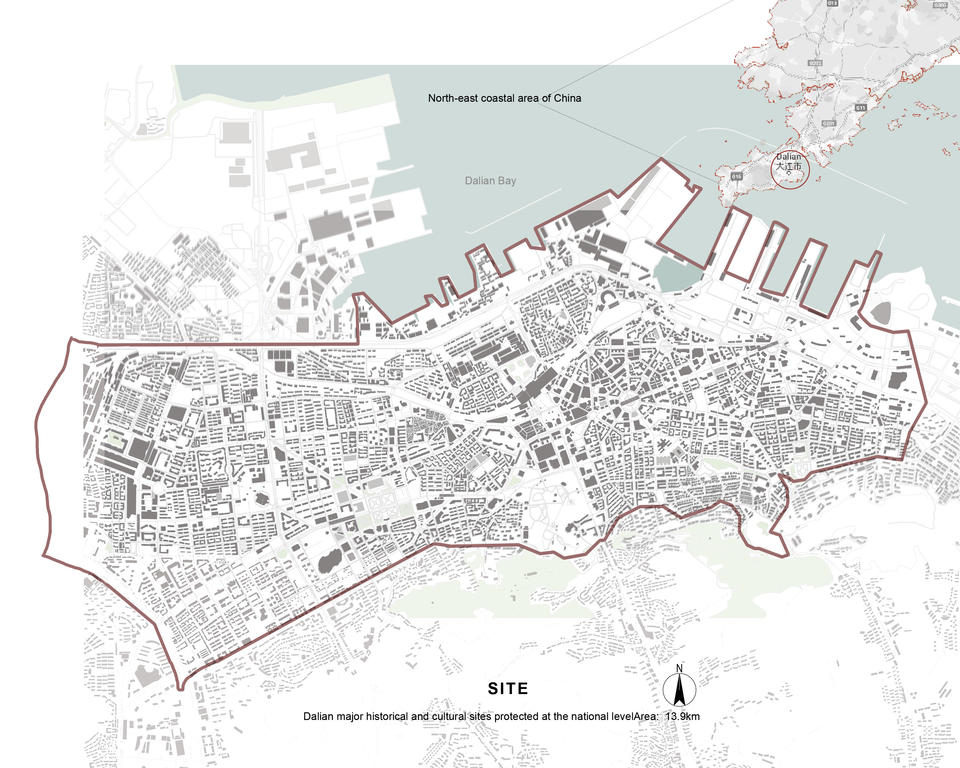Image
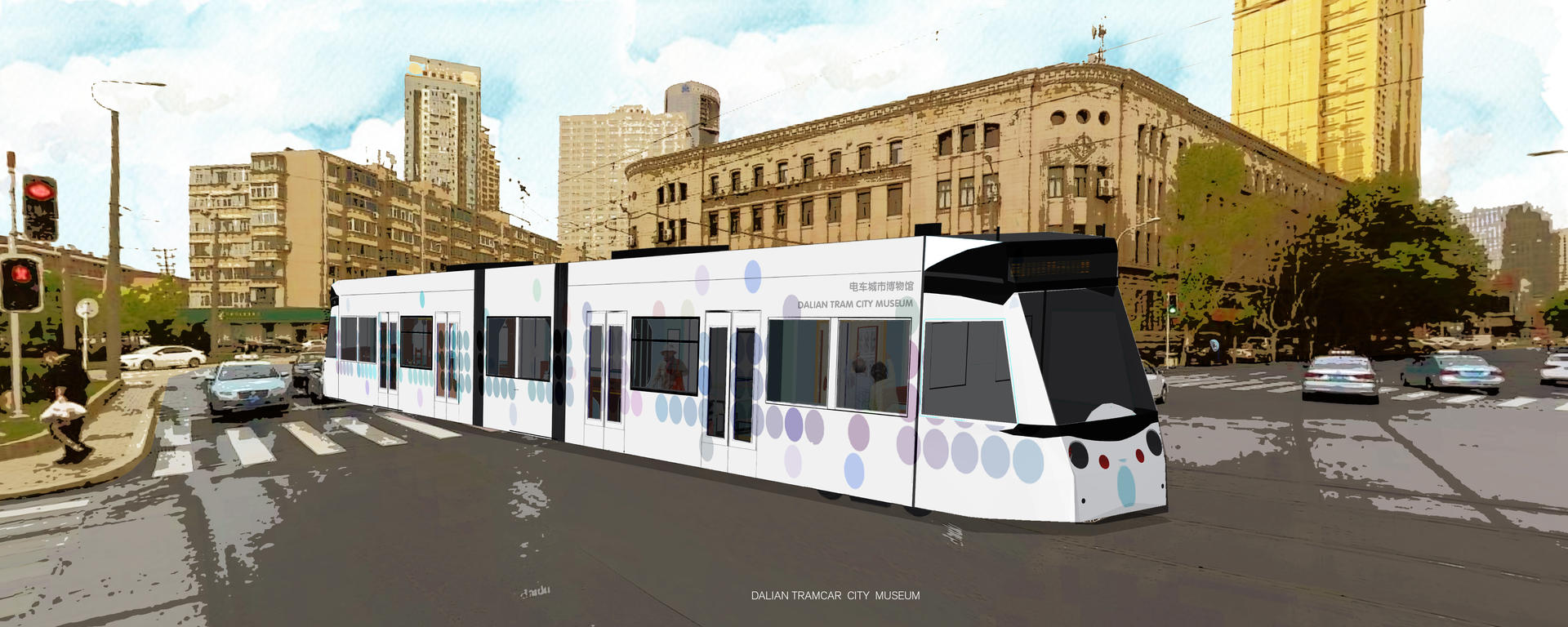
ABSTRACT
The typical city museum is more concerned with the city’s past: focused on founding myths or historical events. The content is frozen and lacks engagement. Simultaneously, the city itself develops rapidly and shifts, just as the citizens move and change. To address this disconnection, it is necessary to create an active city museum that joins place, memory, and people by putting museum learning in context throughout the city and engaging audiences in their daily lives.
Dalian in Liaoning Province, China, is recognized as a historical and tourism district with a unique city fabric and collection of architectural styles. The city has a complex history of colonization, resistance, and development under rapid urbanization during the 20th century. To understand these layers of the city, this thesis also proposes the city museum consider personal narratives instead of traditional objective information, to understand this place from its citizens and visitors; no matter which era, people are the anchor points of the city’s past, present, and future. The accumulation of daily lives constructs the flow of time as well as the bridge to potential possibilities of any city.
Thus, the Dalian City Museum’s venue is within the Route 201 Tram system that interacts with the cityscape numerous times a day. The 201 Tram carrying passengers through the center of this area district developed along with the city’s early stages of urbanization. Despite rapid changes throughout Dalian, the line itself was not demolished and is still actively used by residents and tourists alike, witnessing their daily lives. Consider Route 201 as a story box that goes through the city as a guide for city exploration, not looking at the streetscape as postcards and finding the best angle for a photo, but from a position to understand and participate through educational transportation experiences with a familiar gaze from the perspective of people through the window. In the design of the tram city museum, the DLW300 carriage is transformed into a collective way for residents and visitors to enhance understanding of Dalian City. Just as commuters’ destinations relate to home, leisure, work, school, daily life and the moment of transportation itself, the content of the mobile city museum tells stories from these categories,not only pulled from the past.
STATEMENT
Image
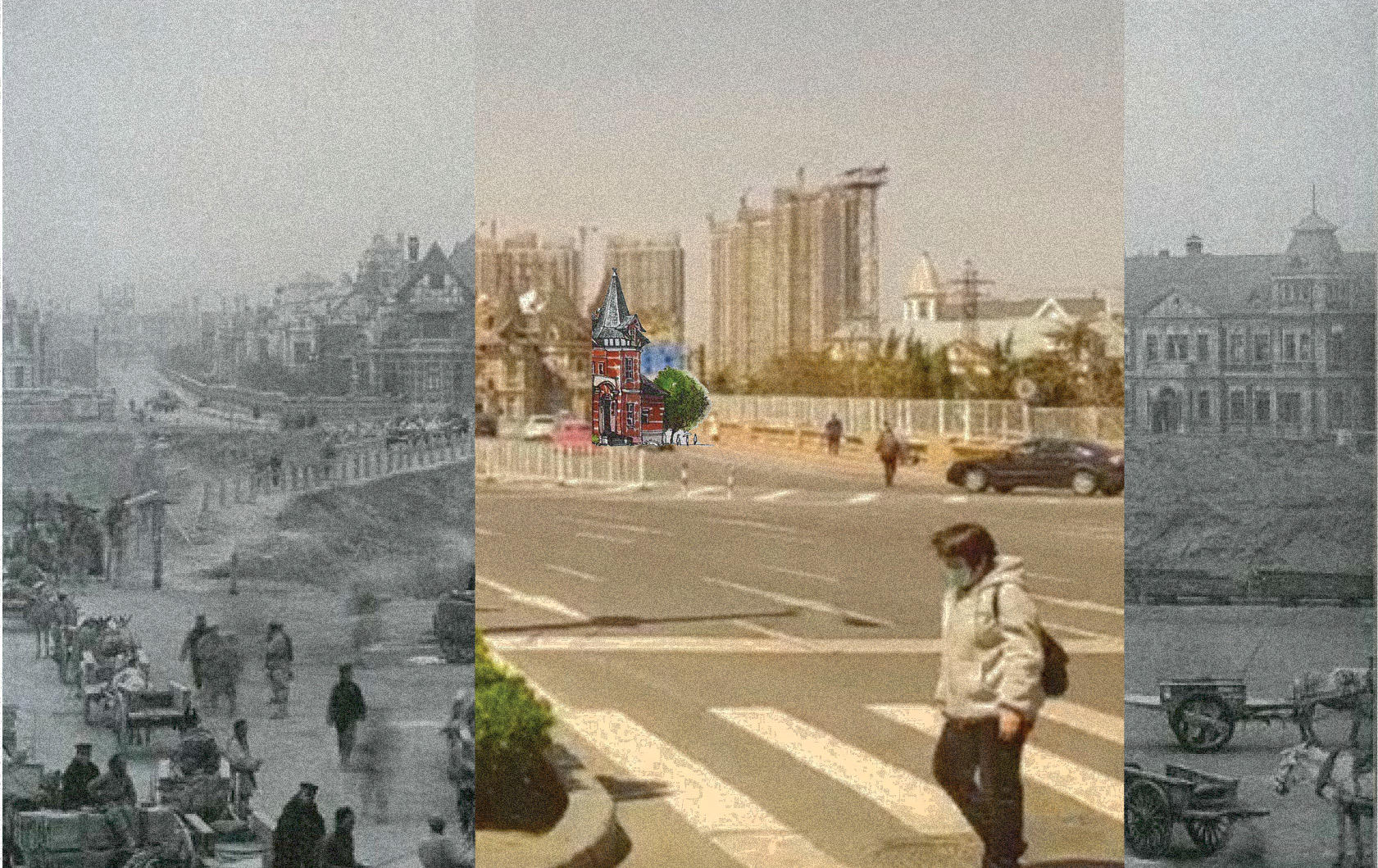
INTRODUCTION AND SITE
▲ The past, present, future of a city, and most importantly, people are living inside.
▶ The development of rail transportation shapes Dalian's central city area; it is an identity of the city that weaves into the planning fabric and history. It is a window to know about the city and a terminal to connect the residential area to other parts of the city.
CURATORIAL OF A NEW IDEA OF CITY MUSEUM
HOW TO UNDERSTAND A CITY?
Since 1890, there were 160 films have featured Rome. Different types of films are the various representations of the same city.
There are “postcard films” that treat the city as a museum for tourists, “collage films” that combine “ sacred and profane, public and private,” and “insight films” that “ made in the service of the existing city,” more focusing on the neighborhood than the concept of a whole city.
Nanni Moretti’ is an Italian filmmaker whose works inclusively based in Italy, and Rome was also the most frequently featured place -- 8 out of 11 films are located here.
The film’s familiar gaze provides insights into a city’s life, instead of a distanced, postcard-like tourist view. While shooting, he is looking for a setting that he enjoyed in the city and found the best expression. They are also less traditional and exploited. ”The specific context and the obscure individual in a generalized environment” form the contrast in his films.
Image
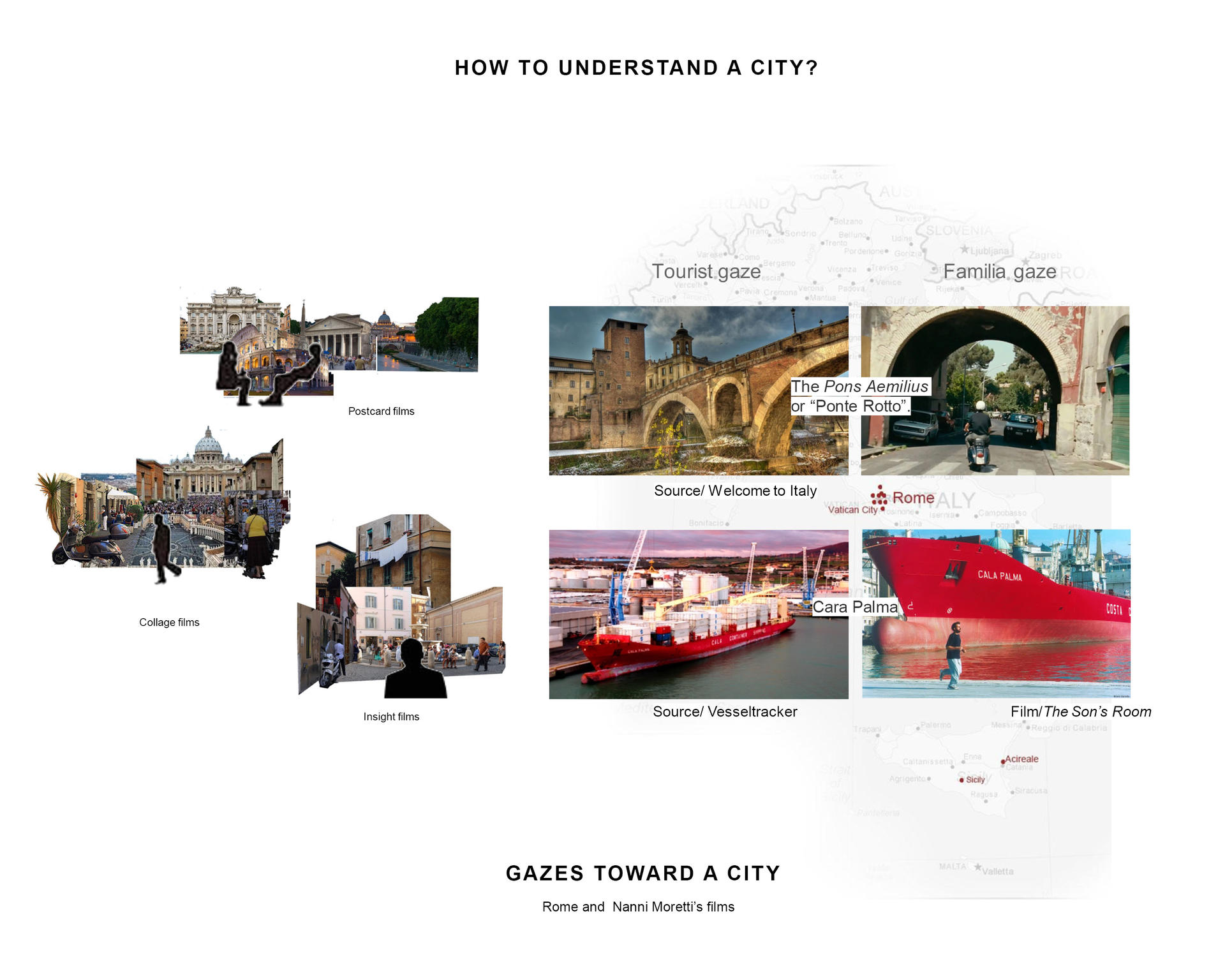
TRAM RAIL MAP
Image
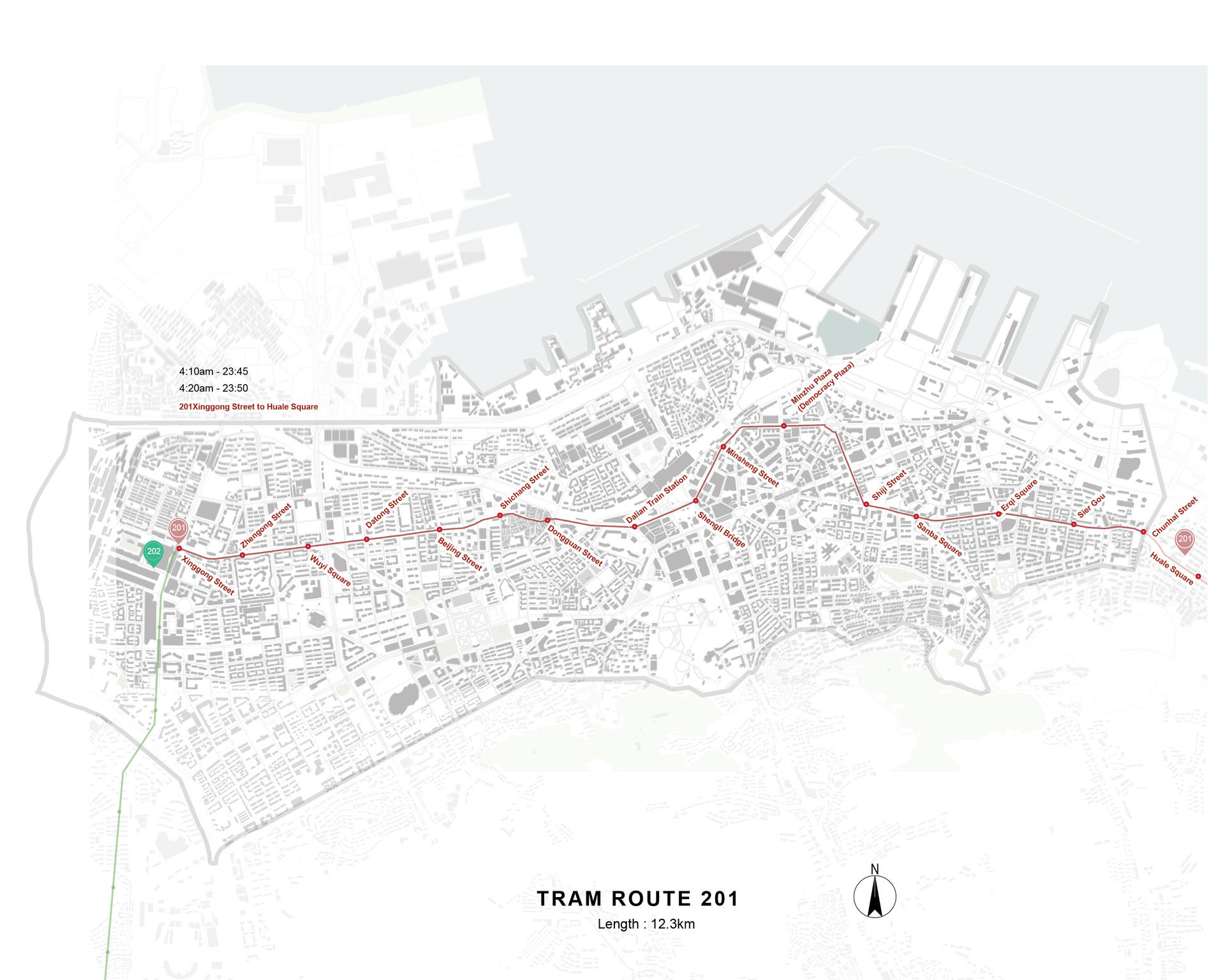
PEOPLE AND THE VIEW OF A CITY
▲ Just as commuters’ destinations relate to home, leisure, work, school, daily life and the moment of transportation itself, the content of the mobile city museum tells stories from these categories, not only pulled from the past.
TRAM AND PEOPLE
Image
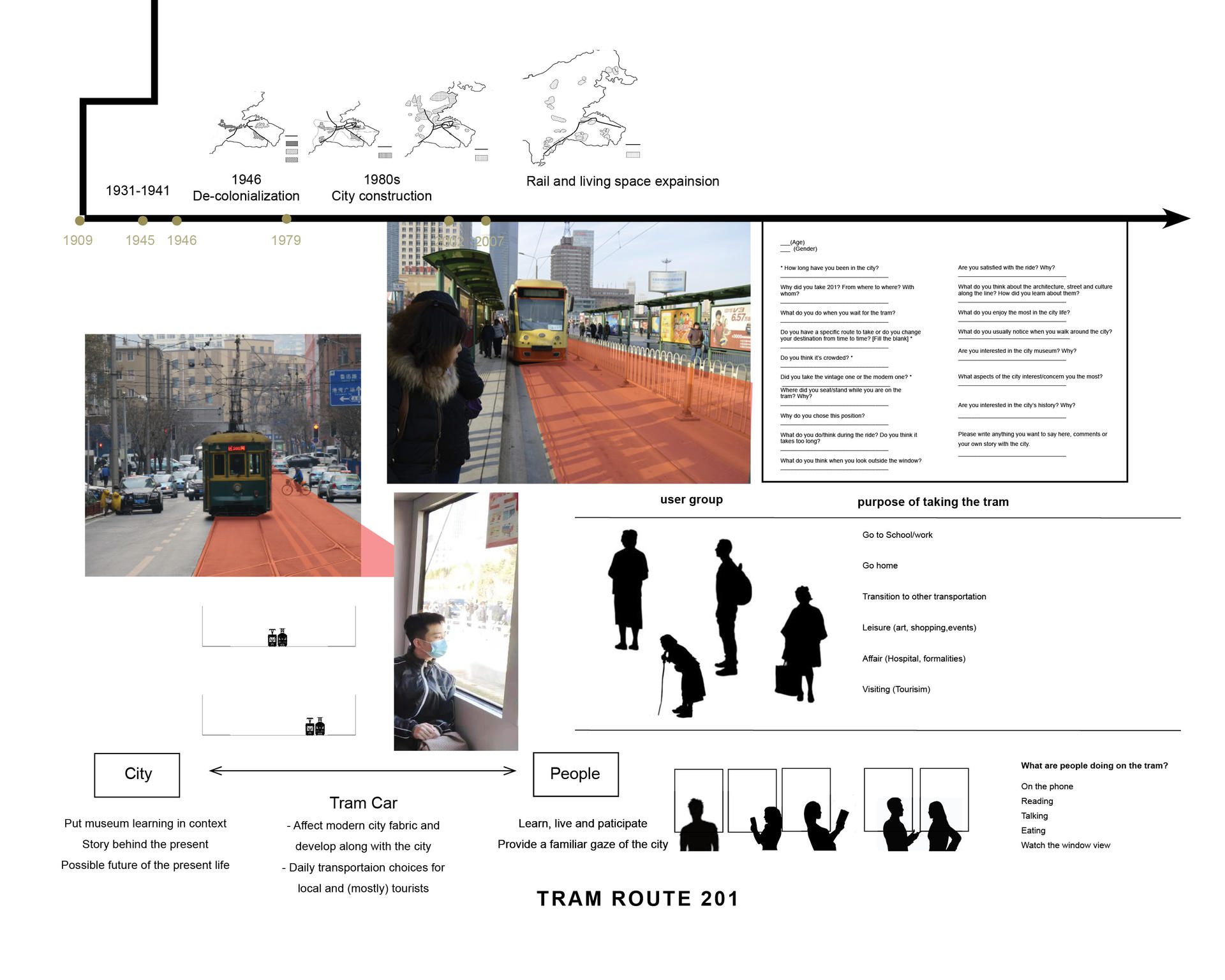
Image
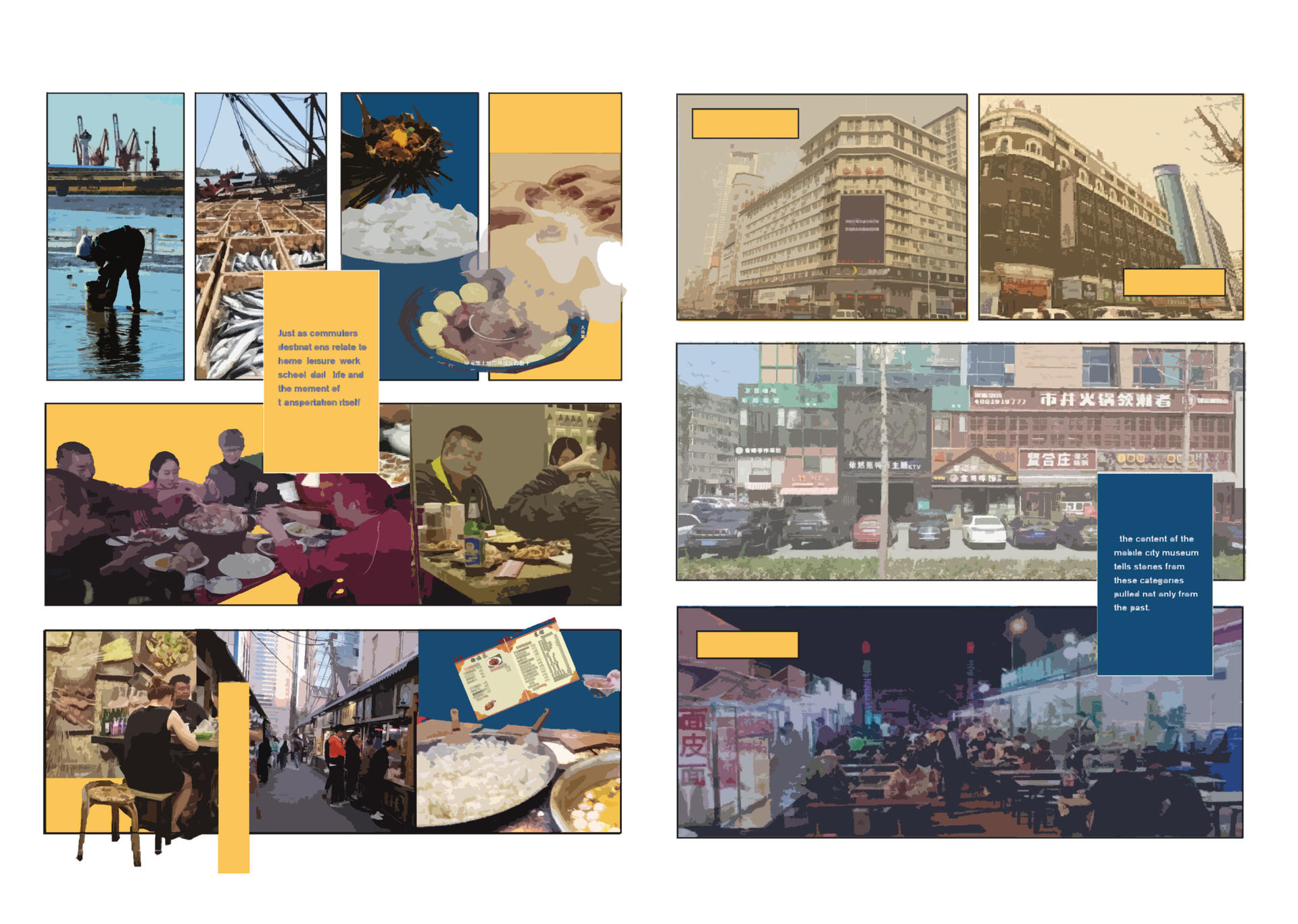
▲ Just as commuters’ destinations relate to home, leisure, work, school, daily life and the moment of transportation itself, the content of the mobile city museum tells stories from these categories, not only pulled from the past.
PROGRAM
PROGAM MAP
Image
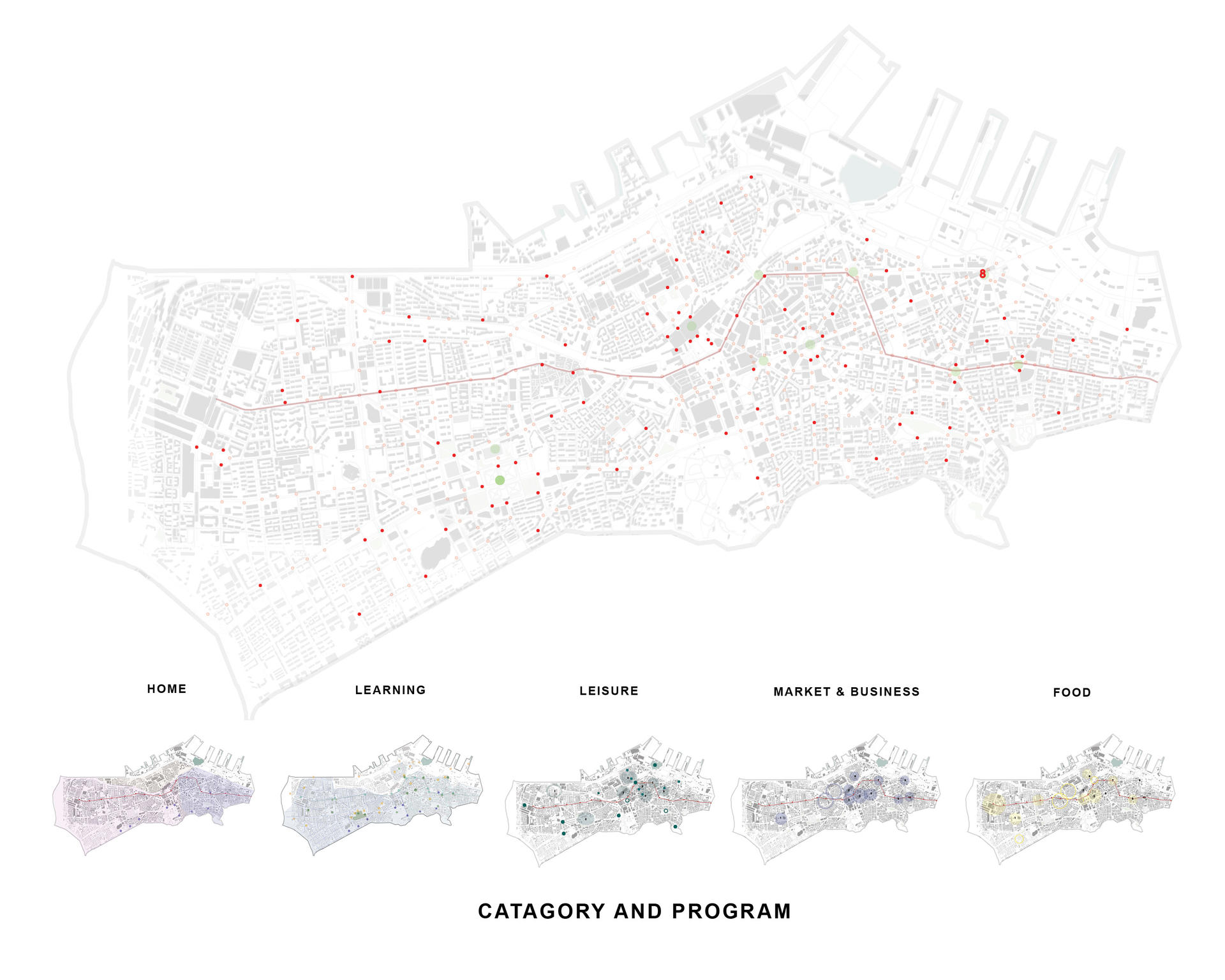
PROGRAM
Image
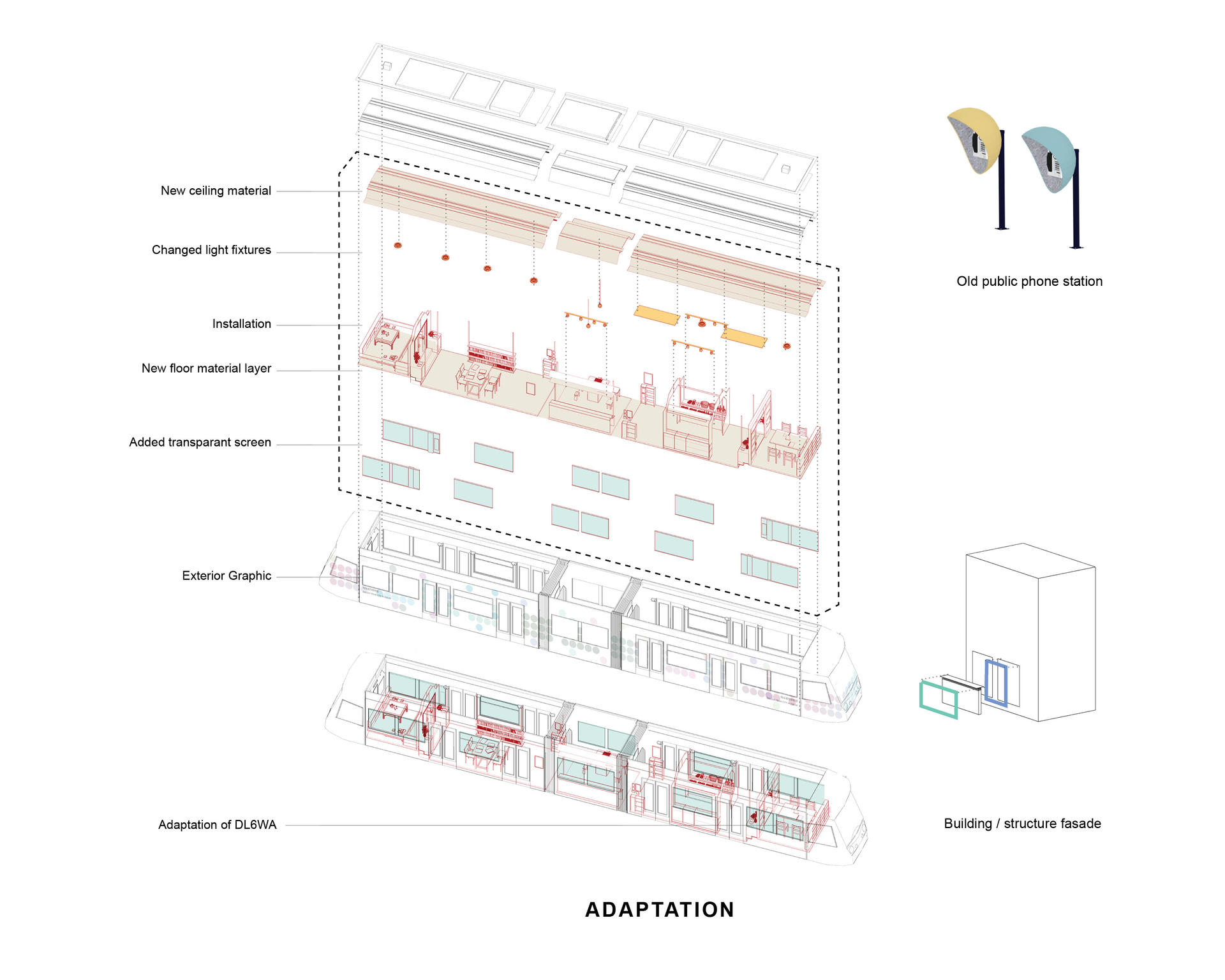
Image
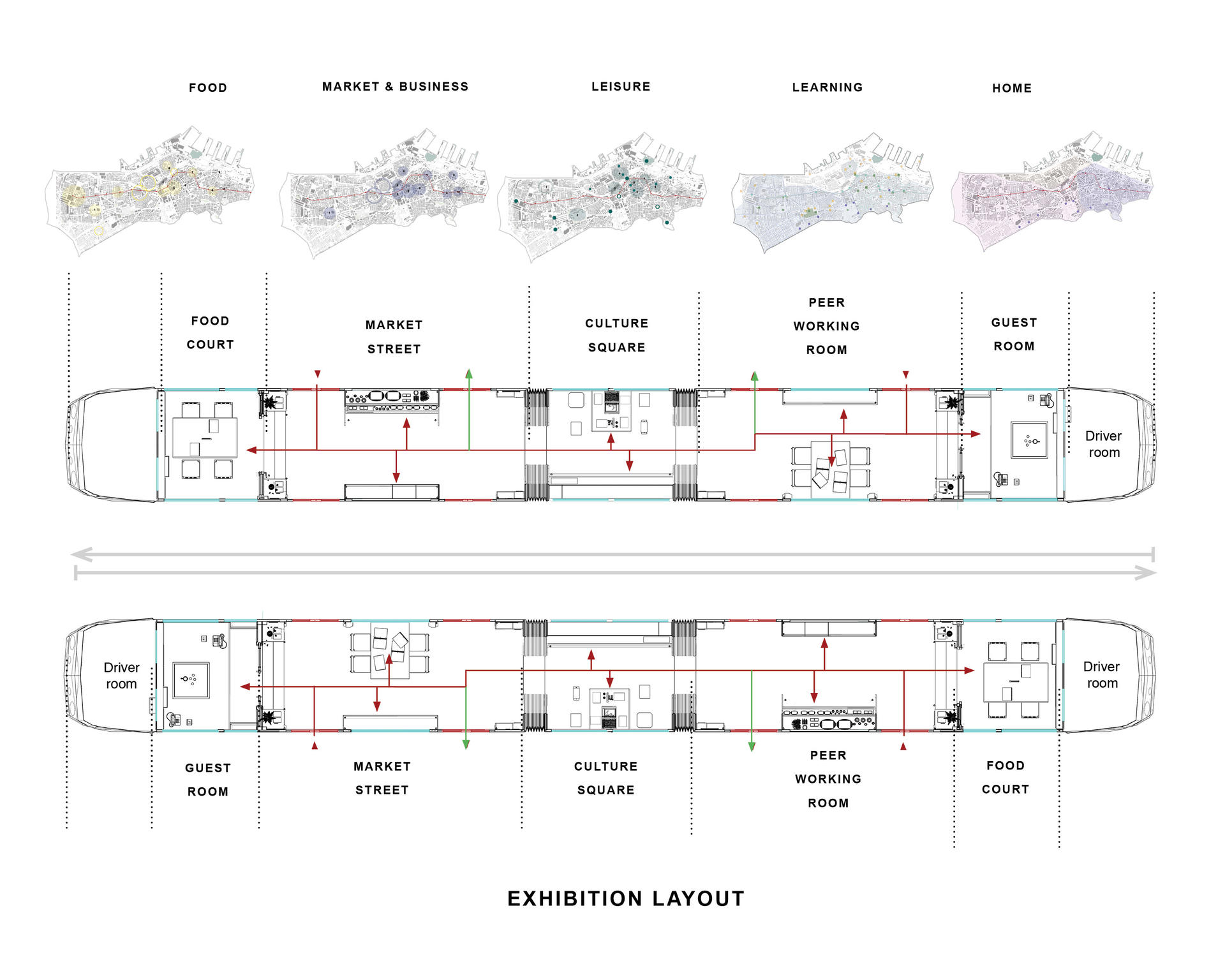
Image
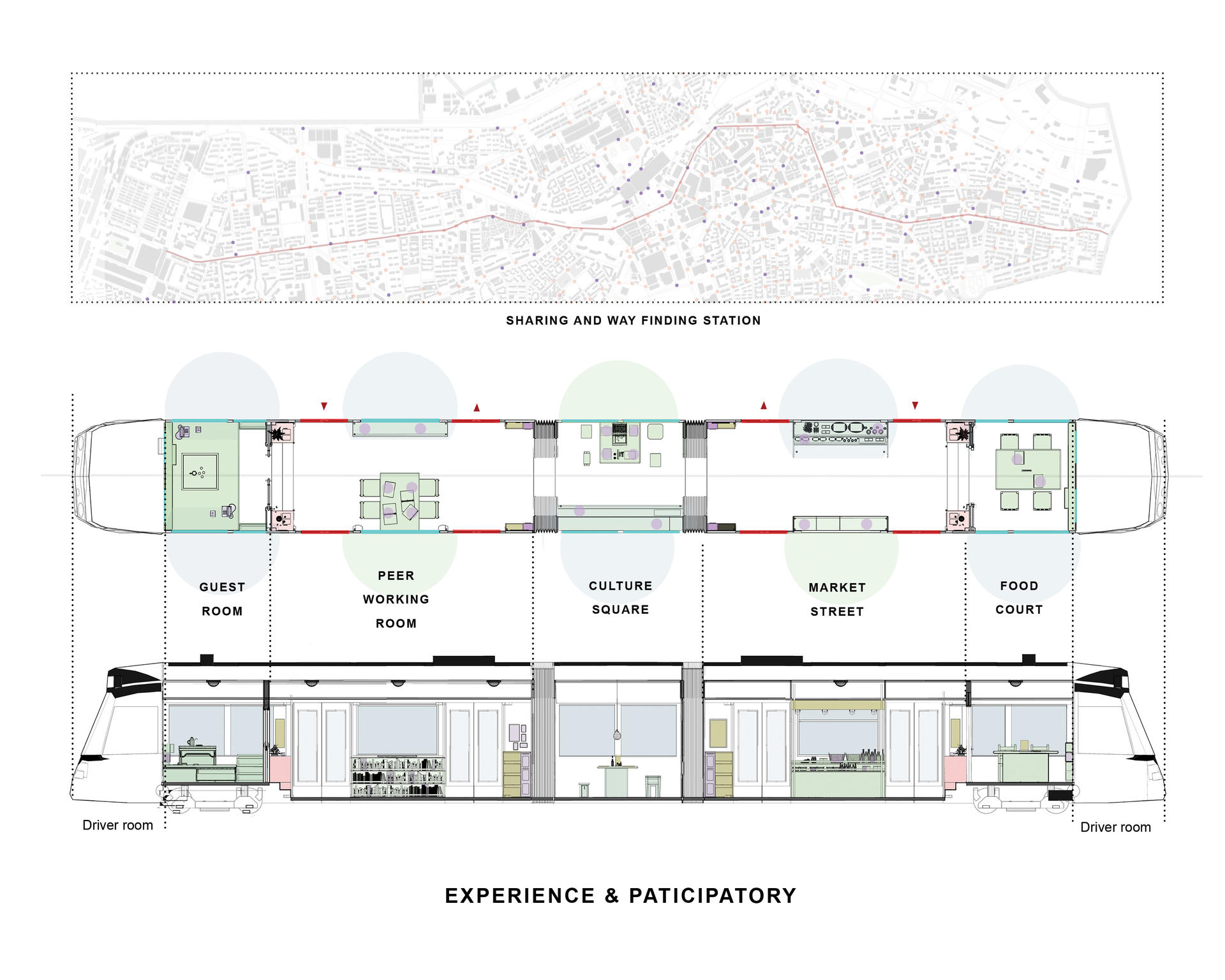
Image
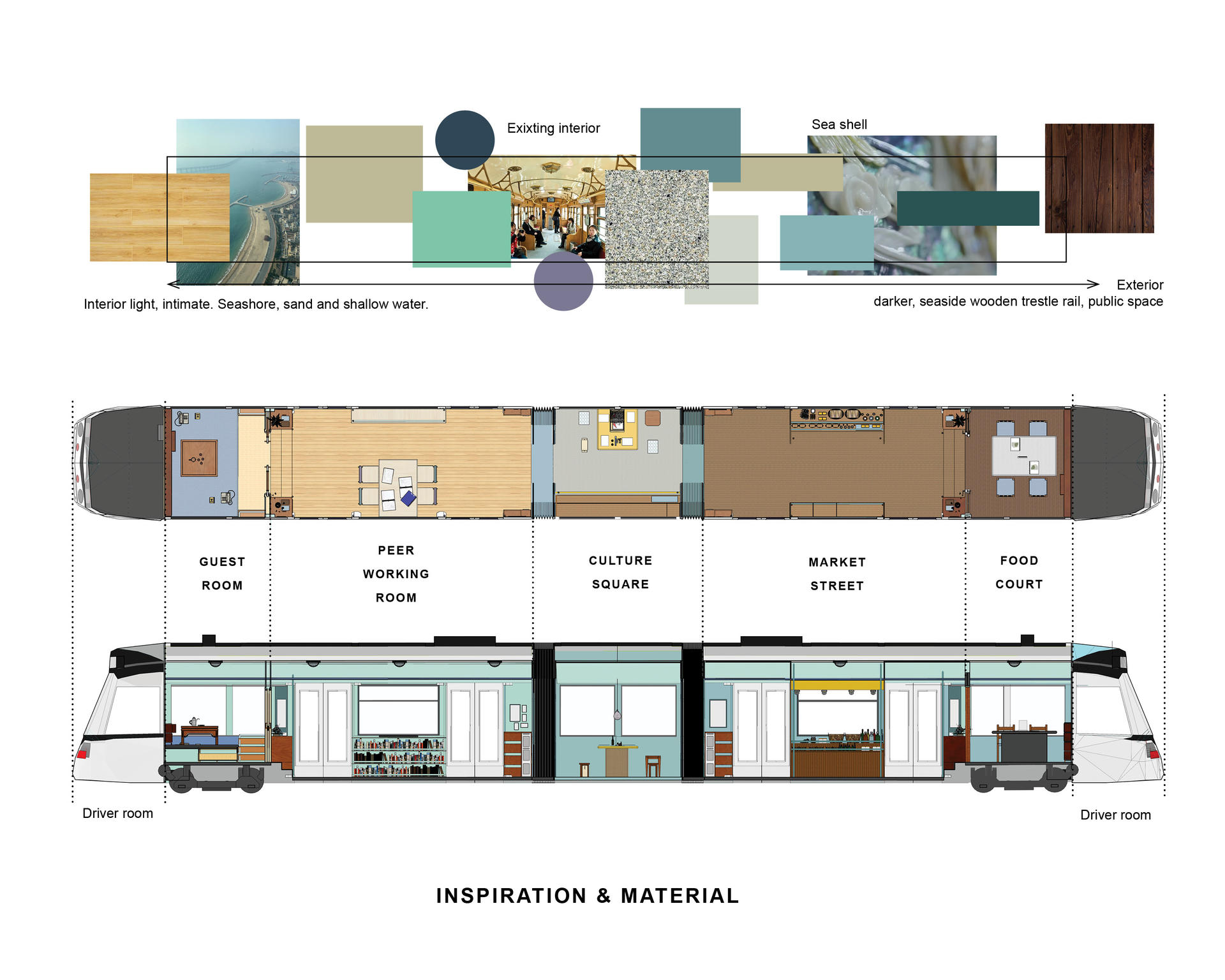
INTERACTION
Image
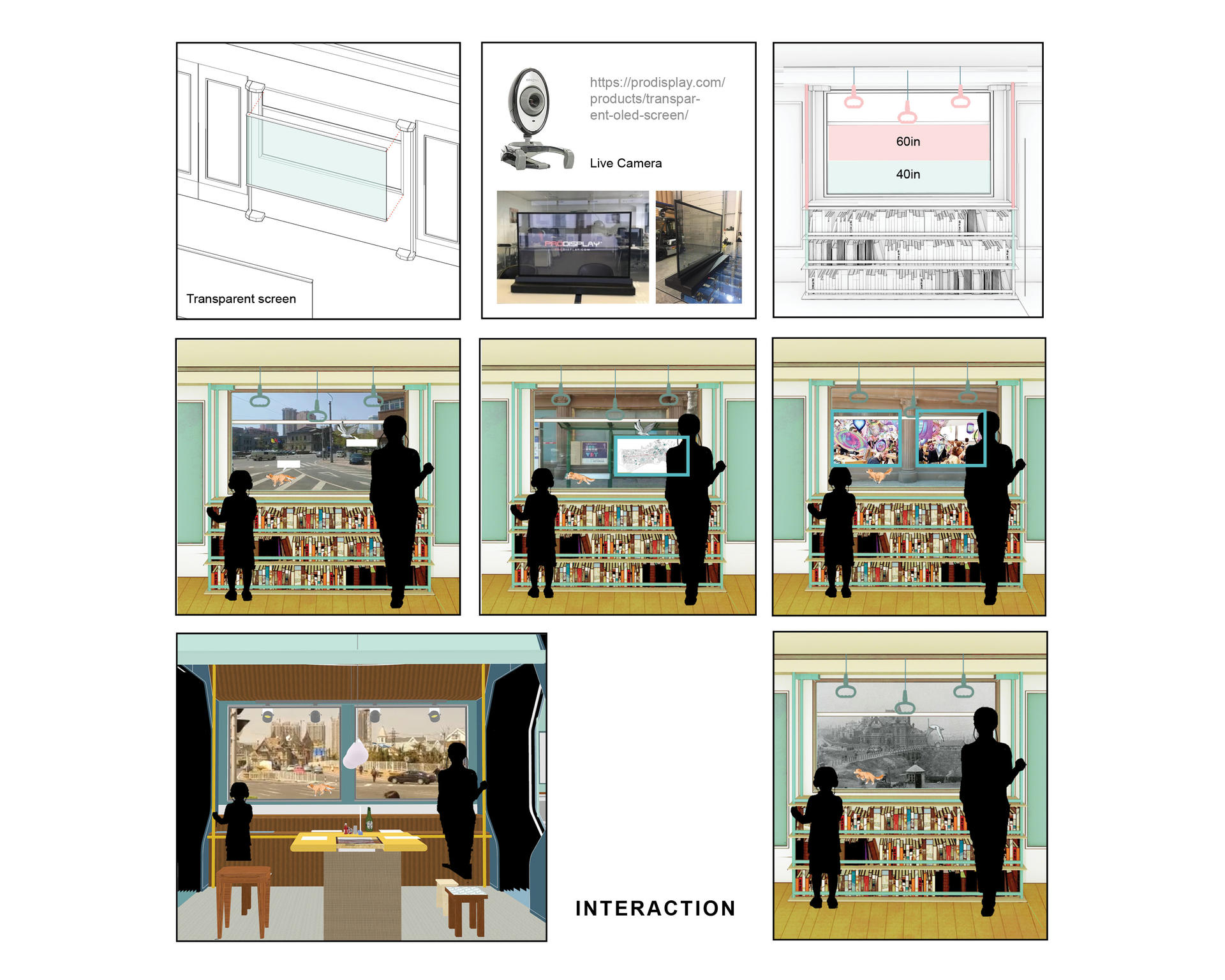
TYPOLOGY
Image
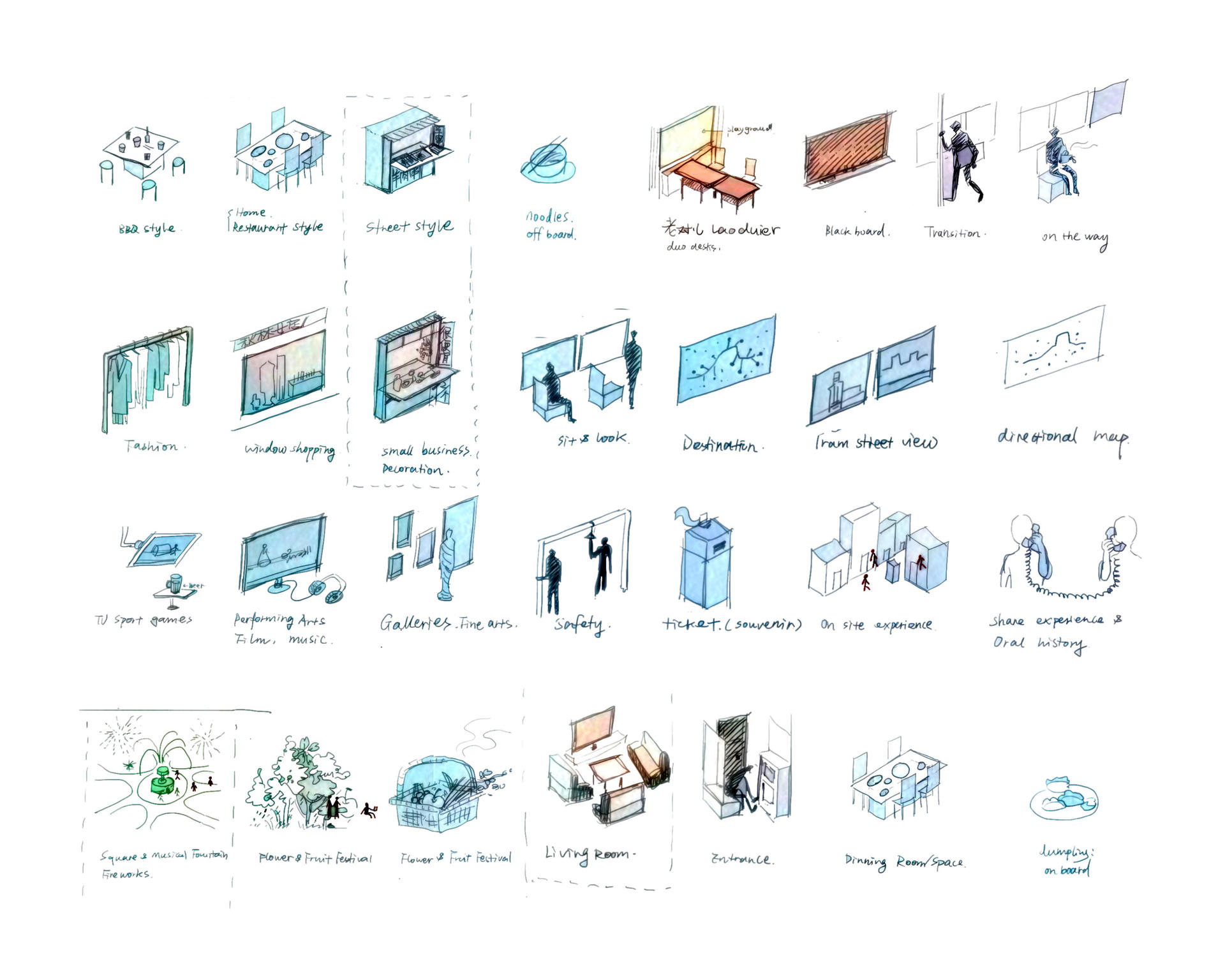
RENDERINGS
Image

Image
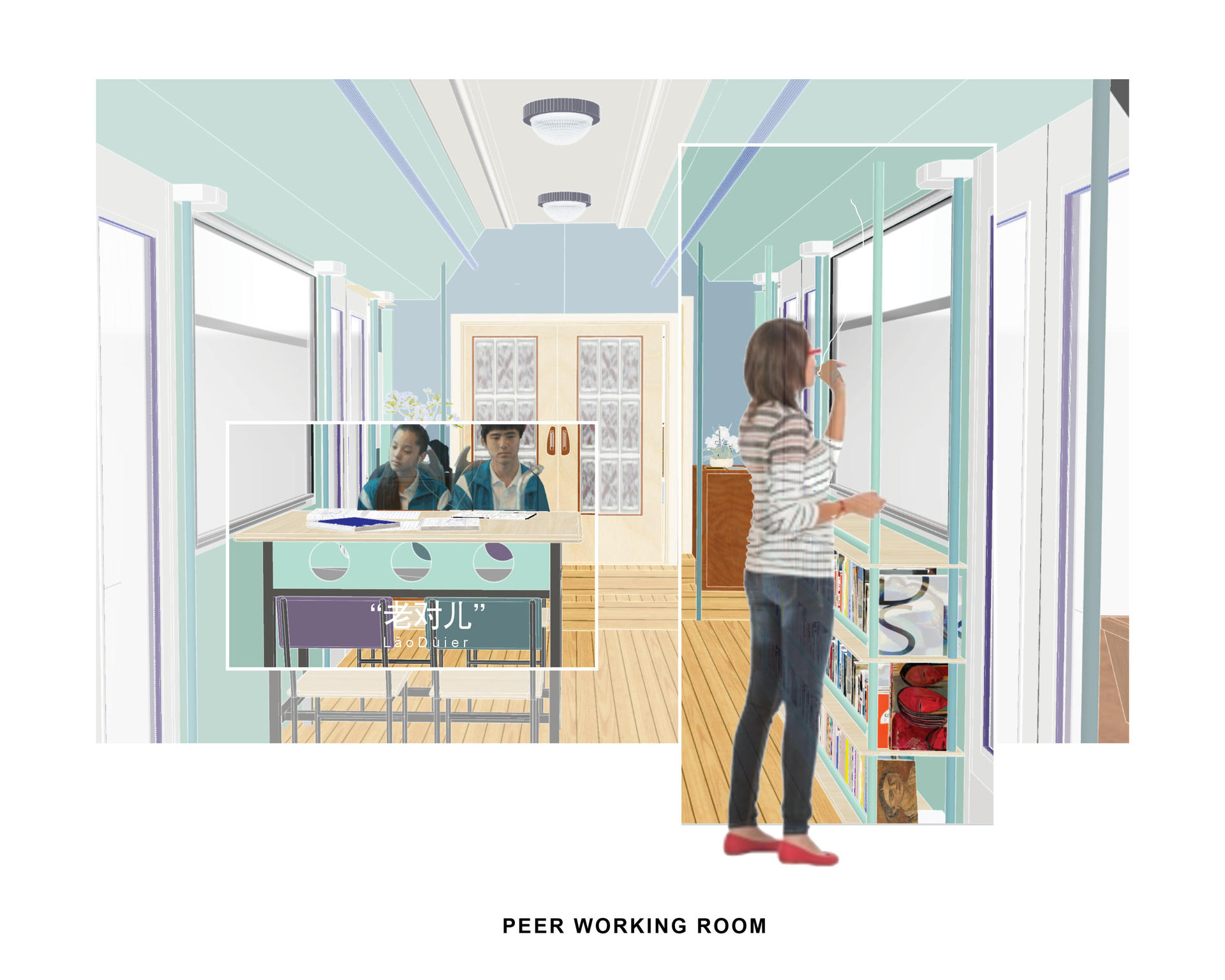
Image
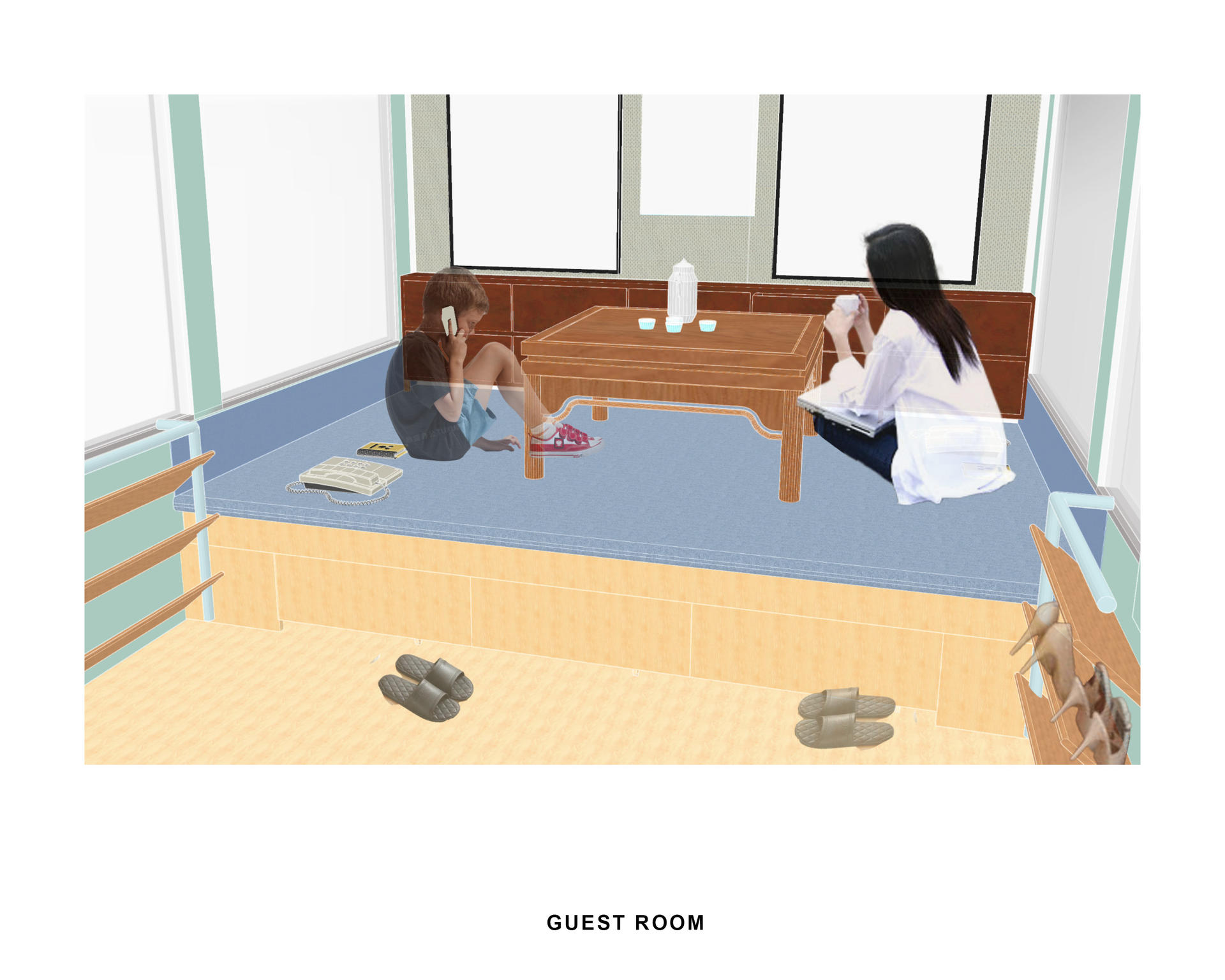
Image
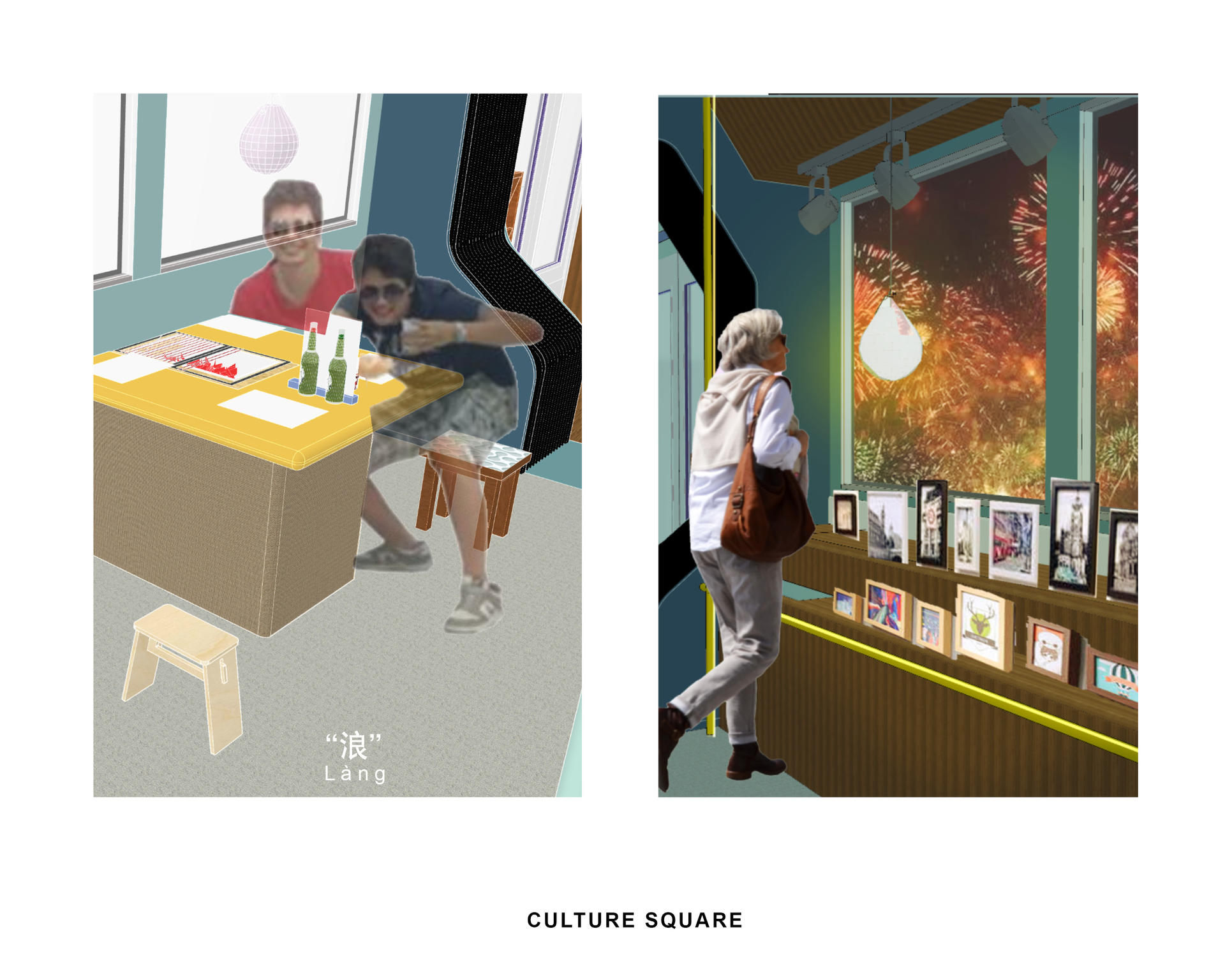
Image
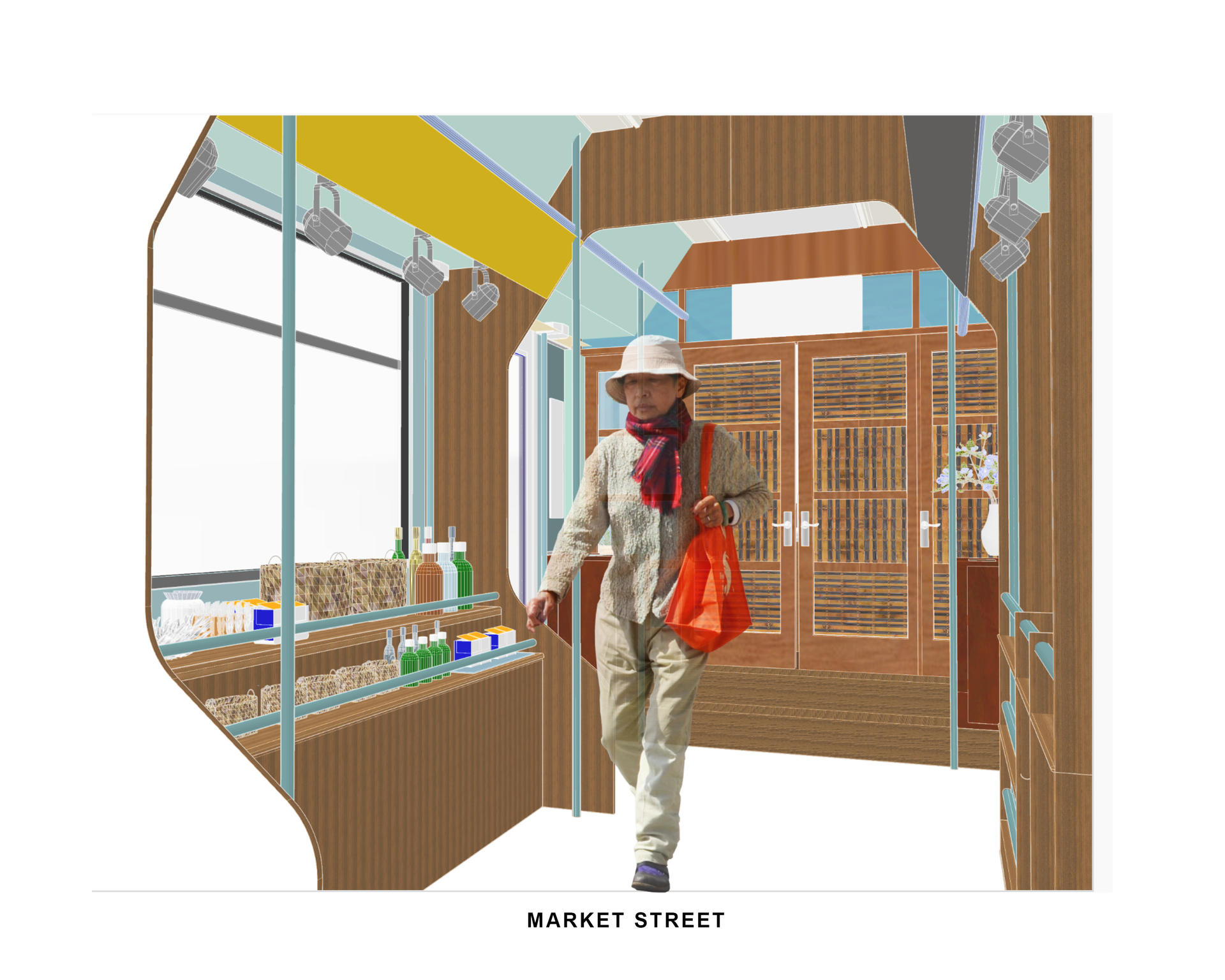
Image
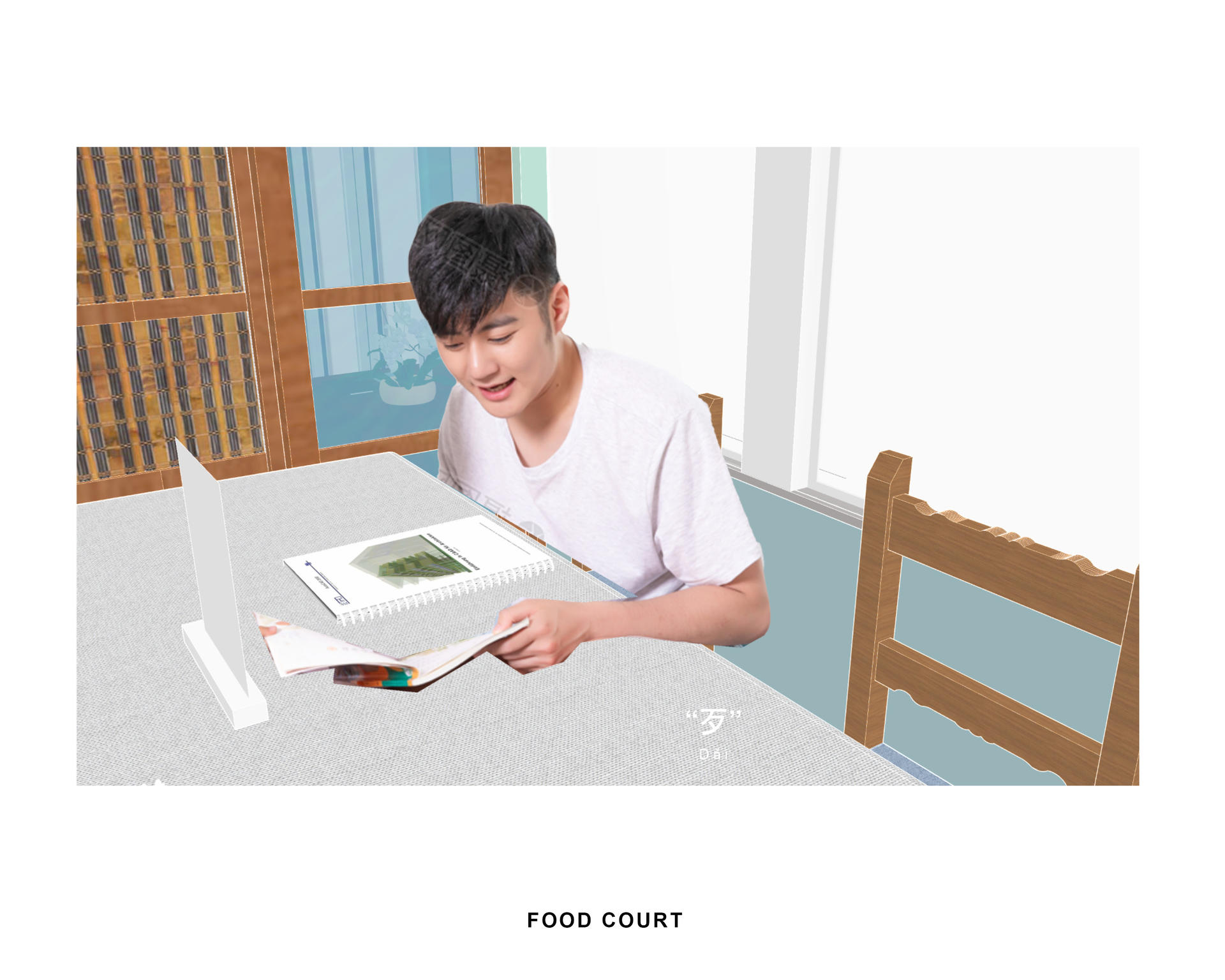
Image
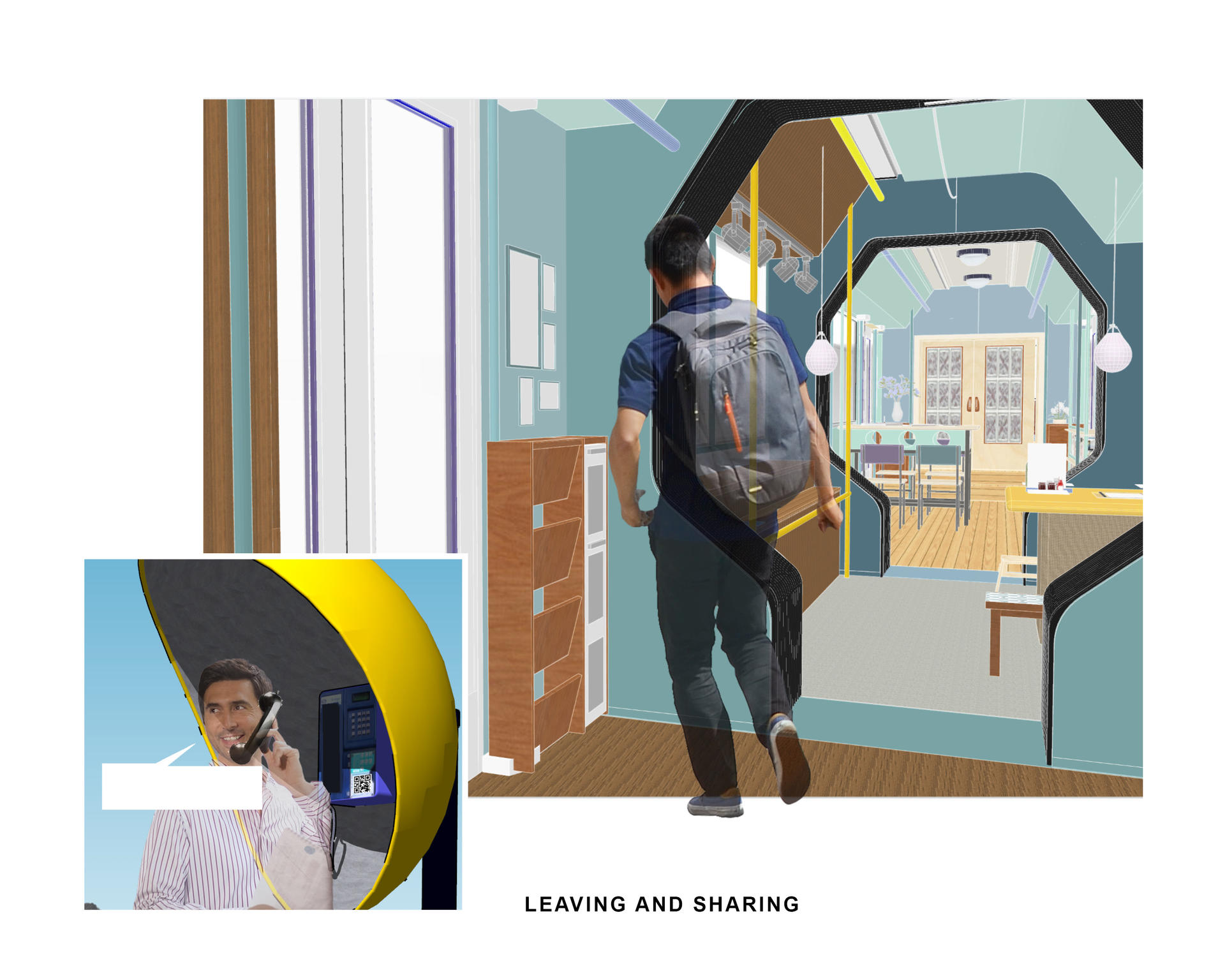
Image
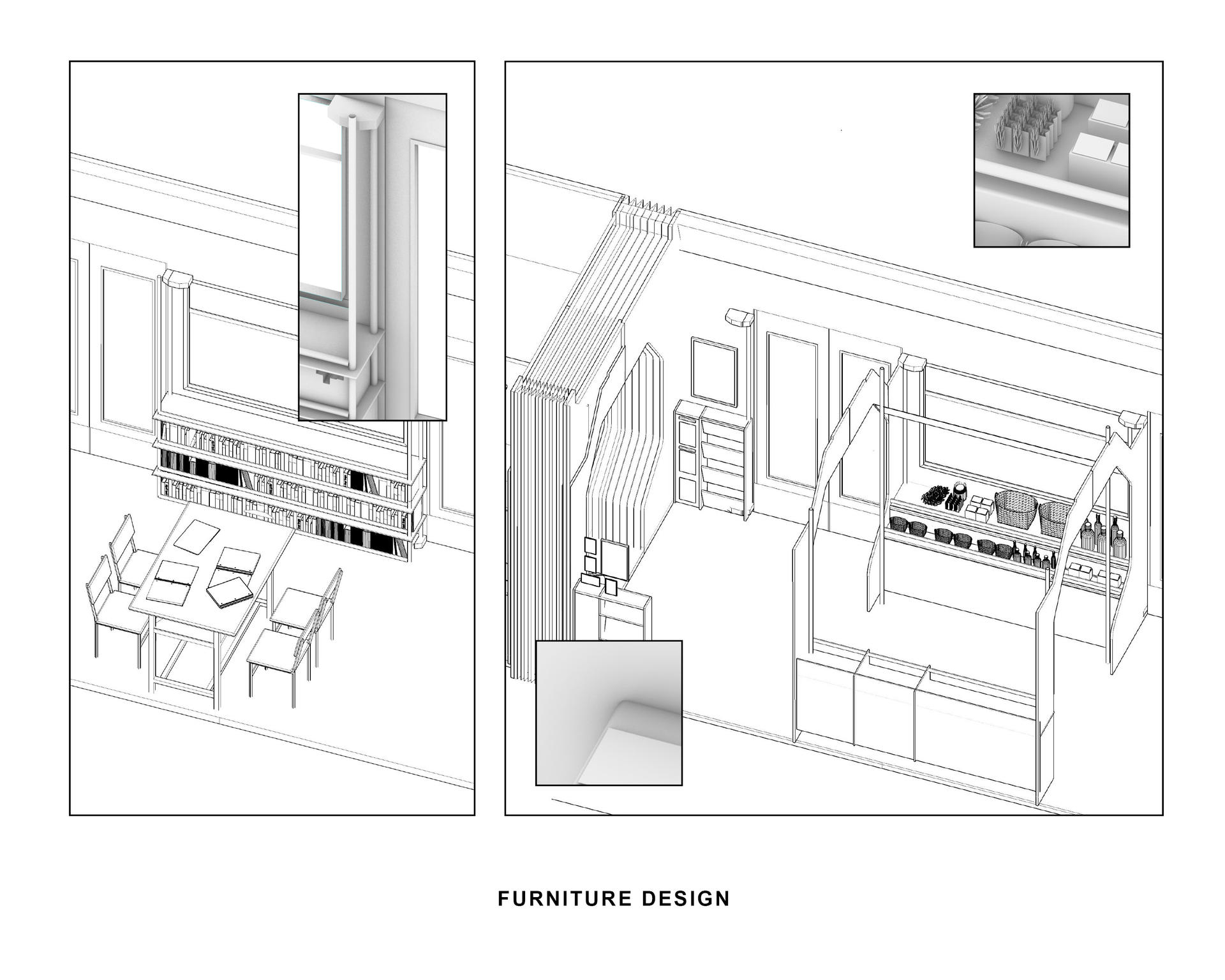
GRAPHIC
Image
